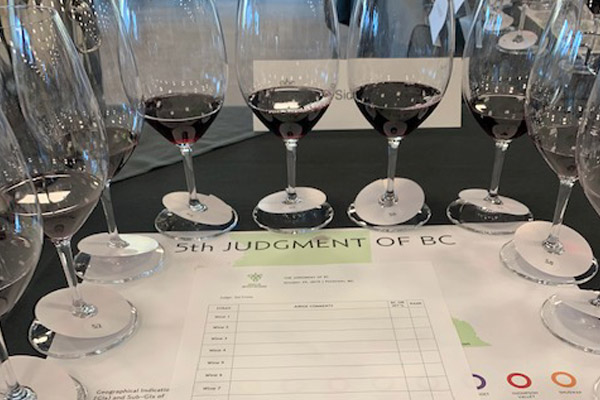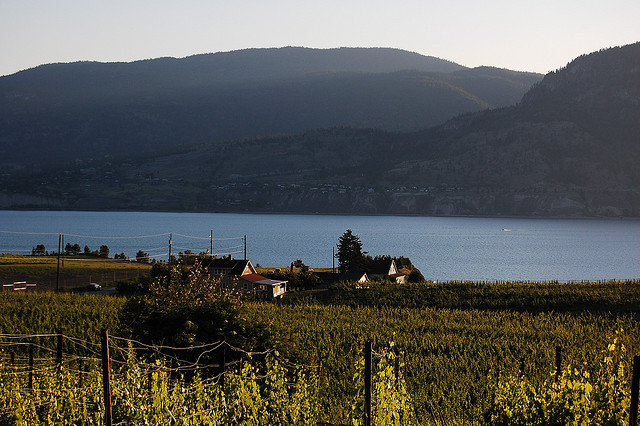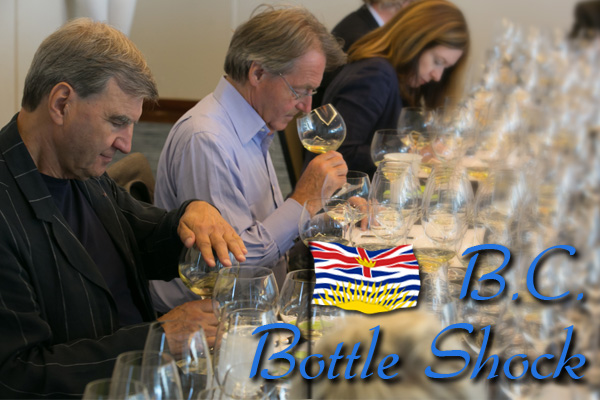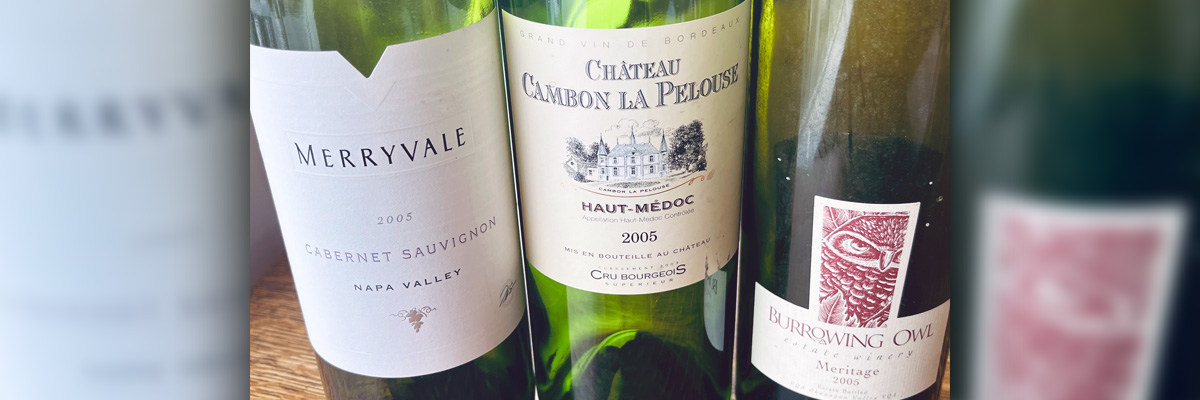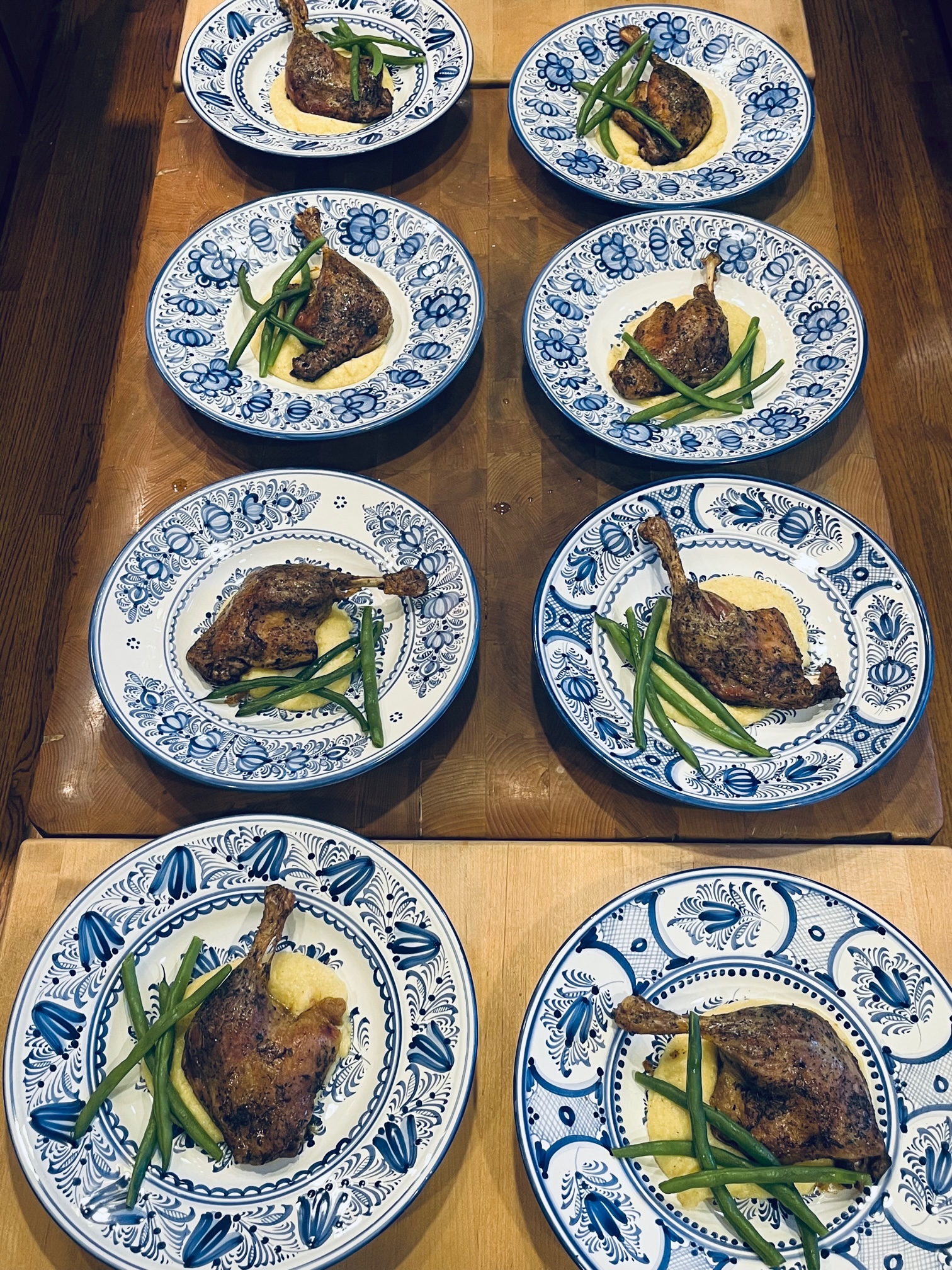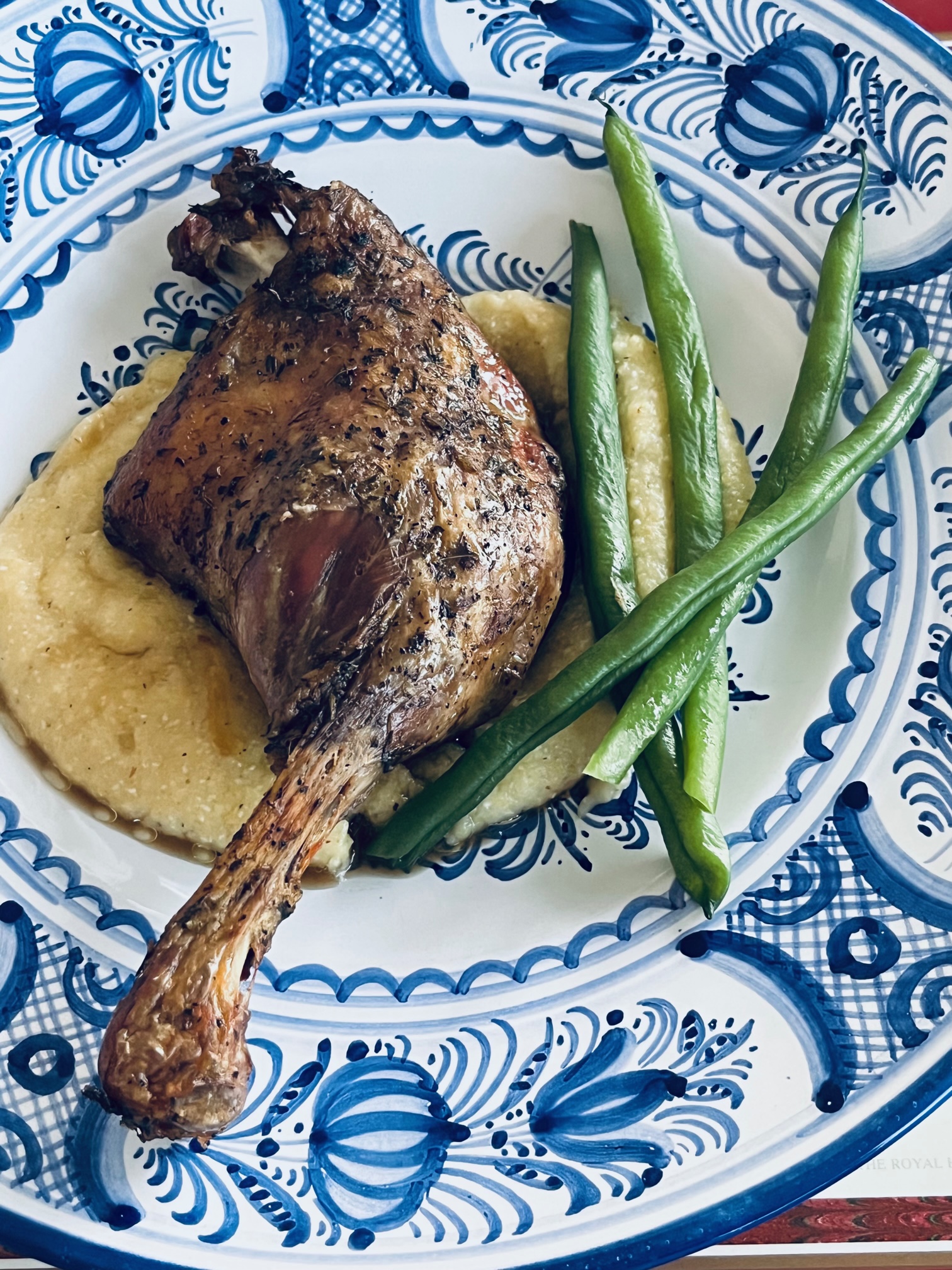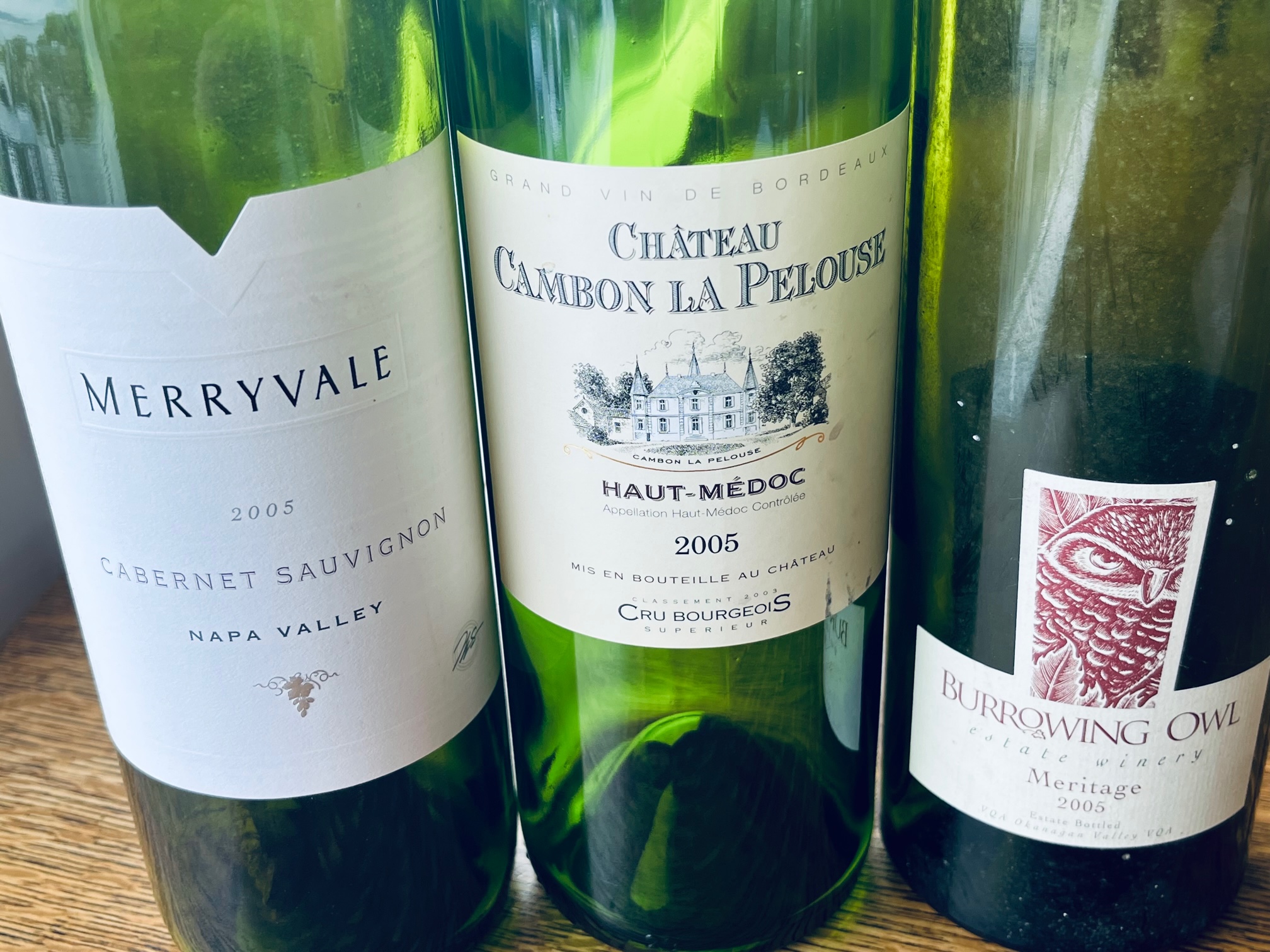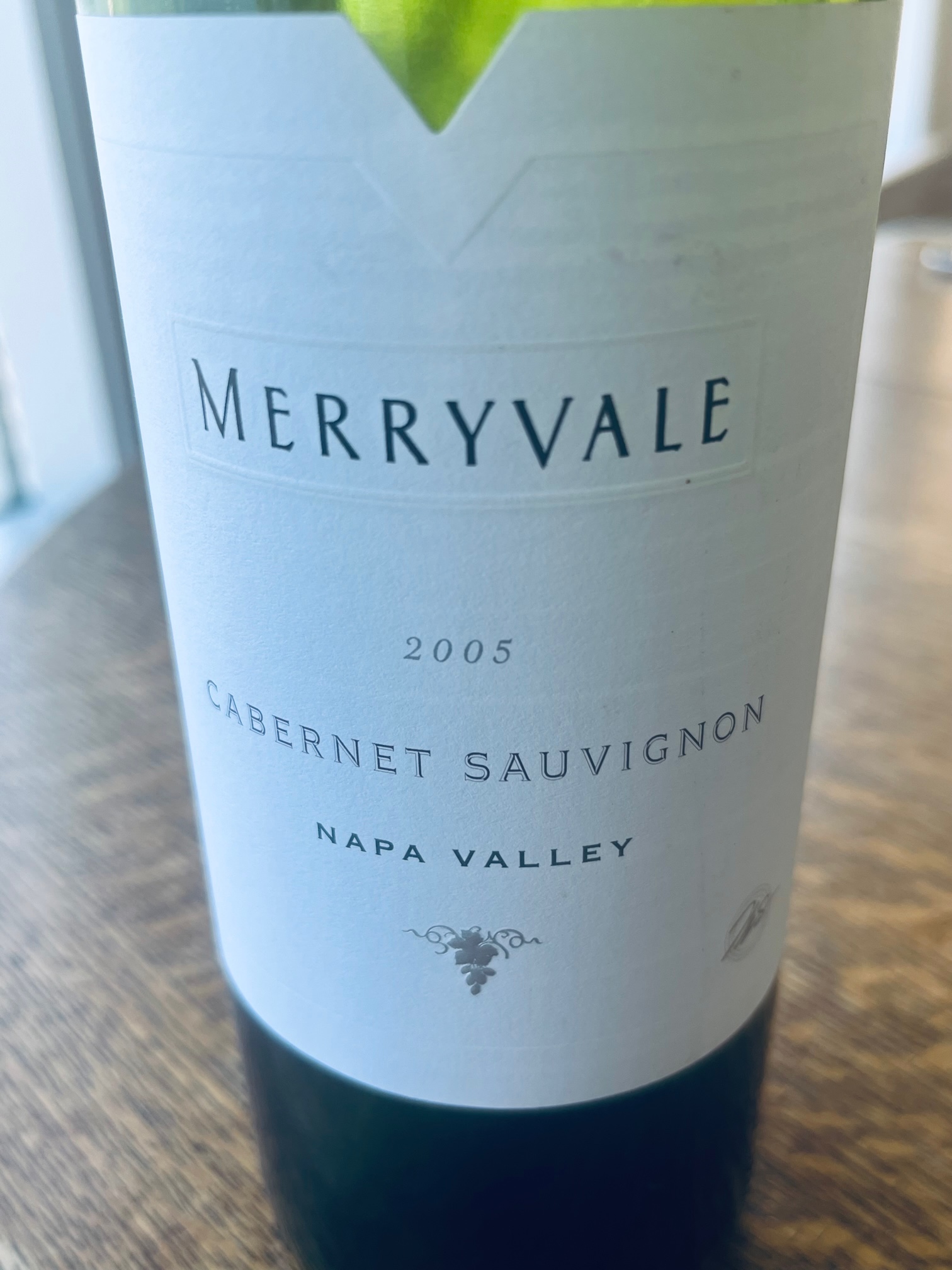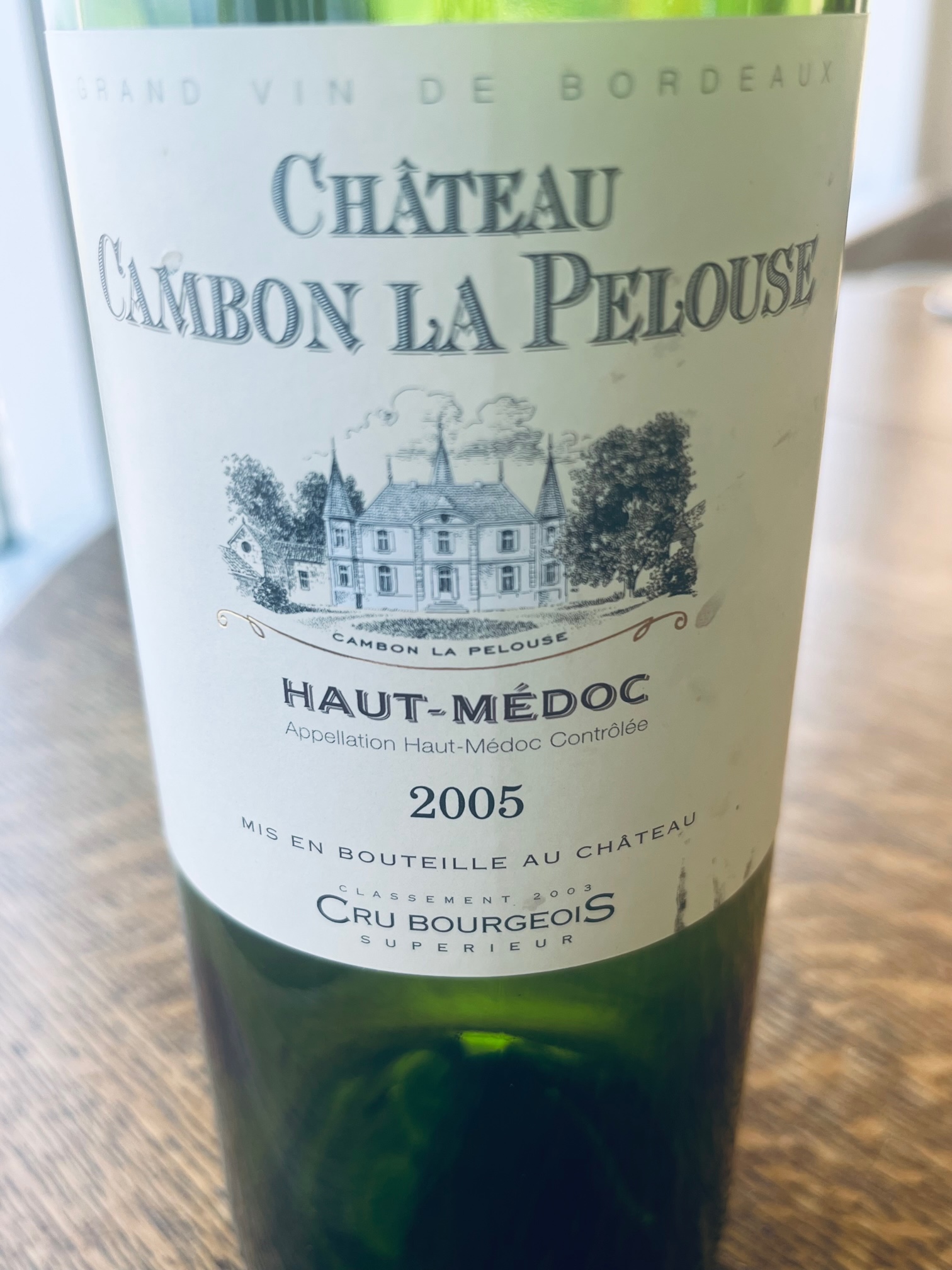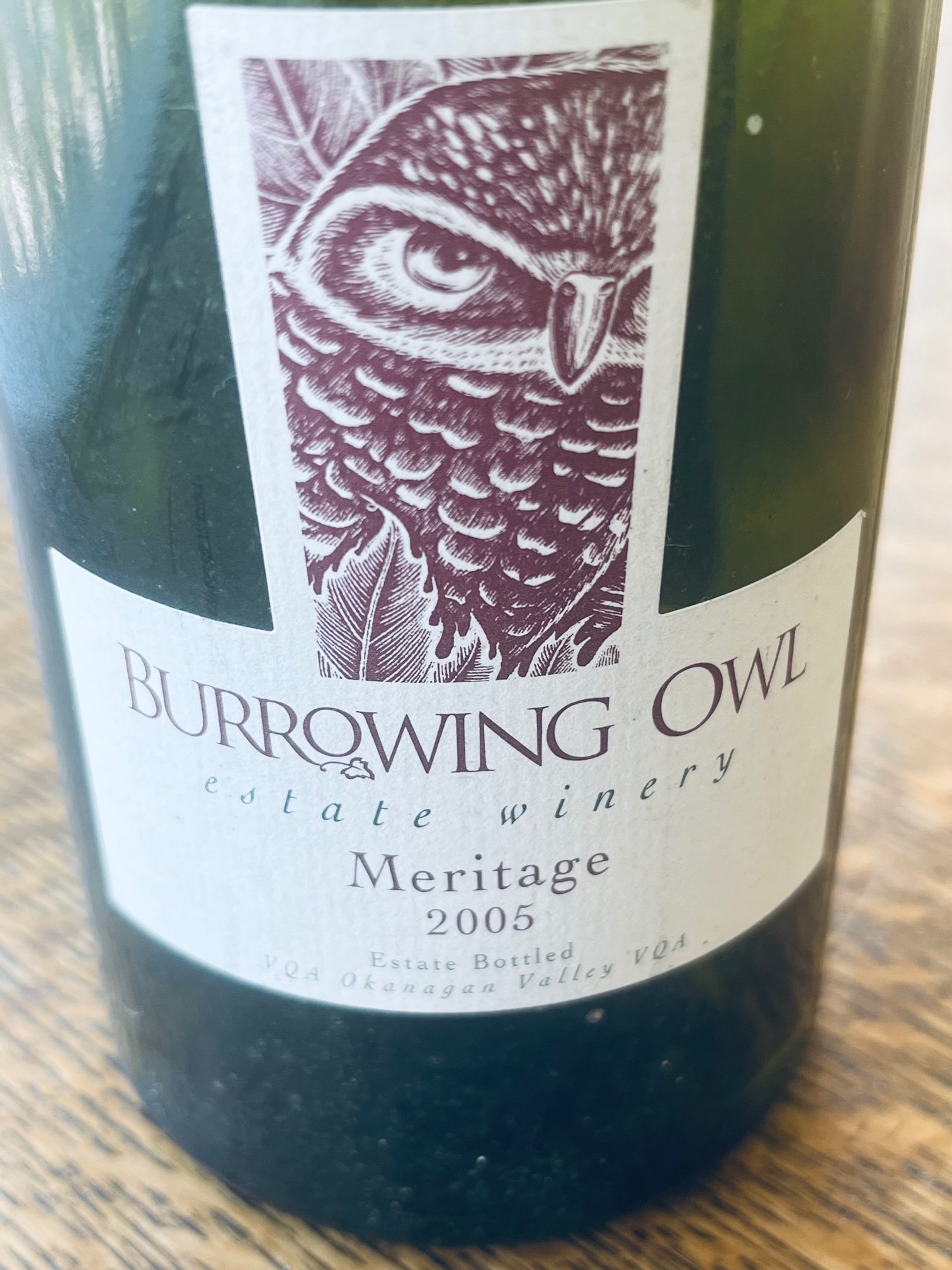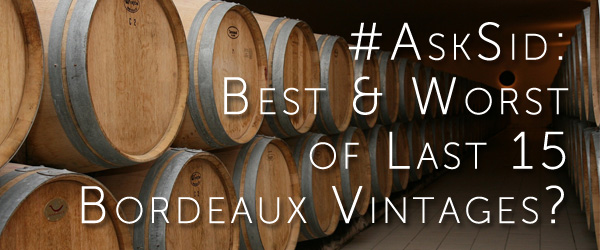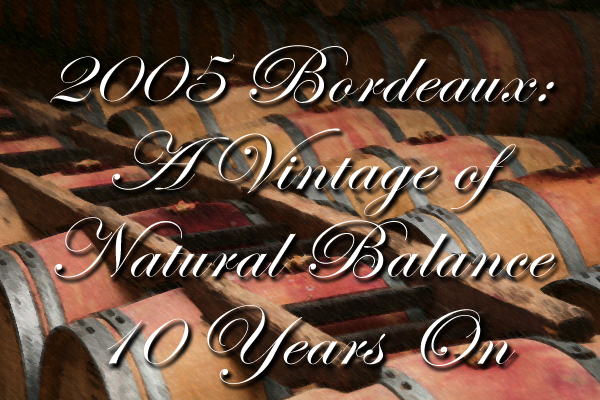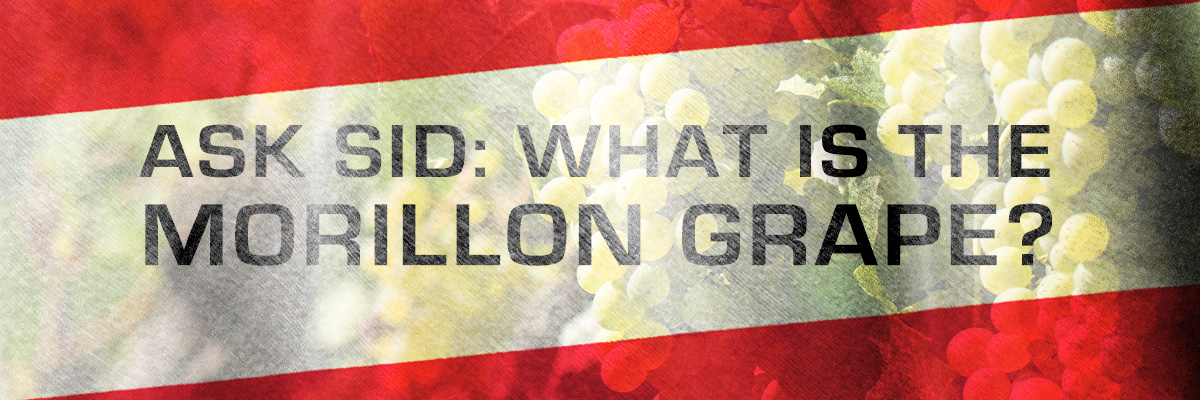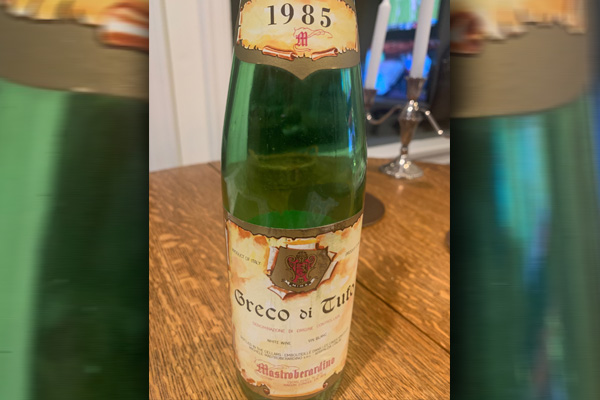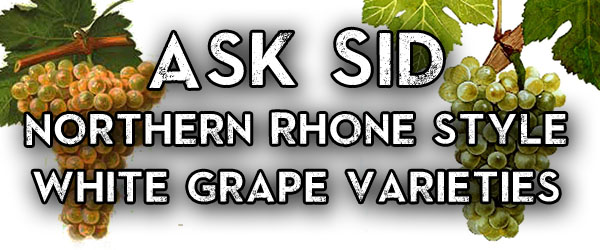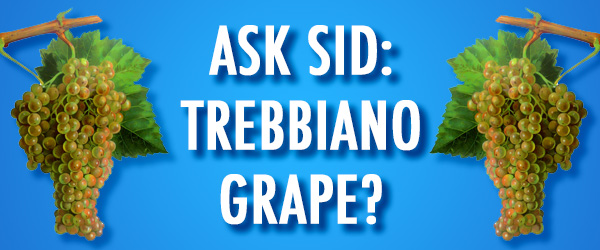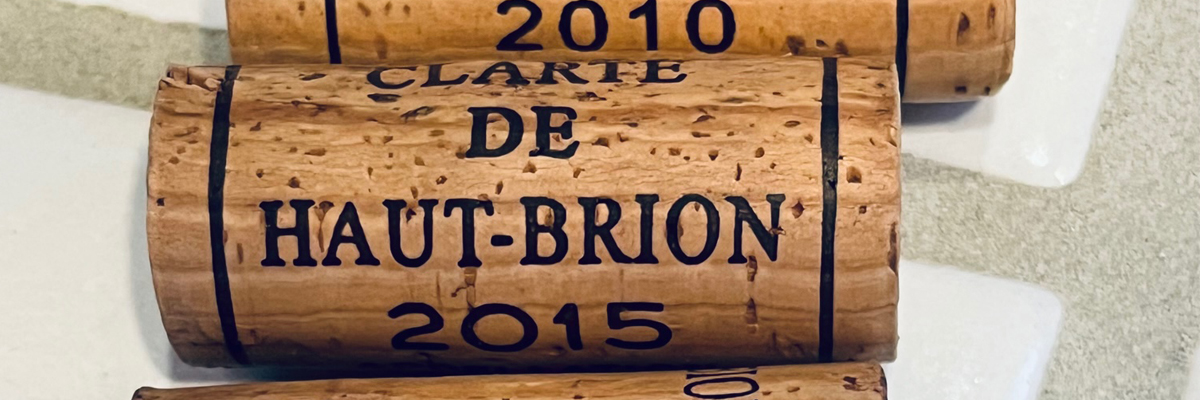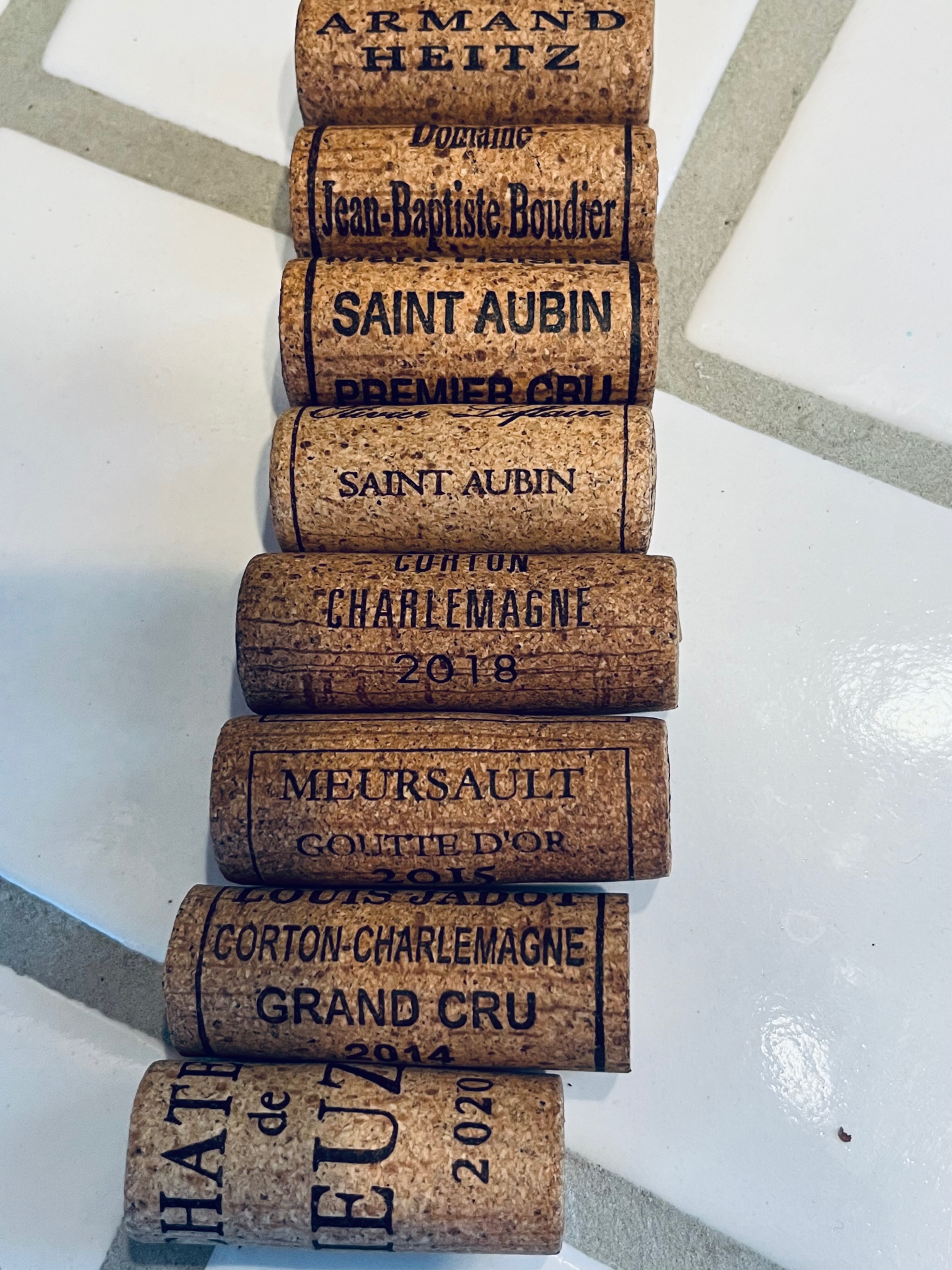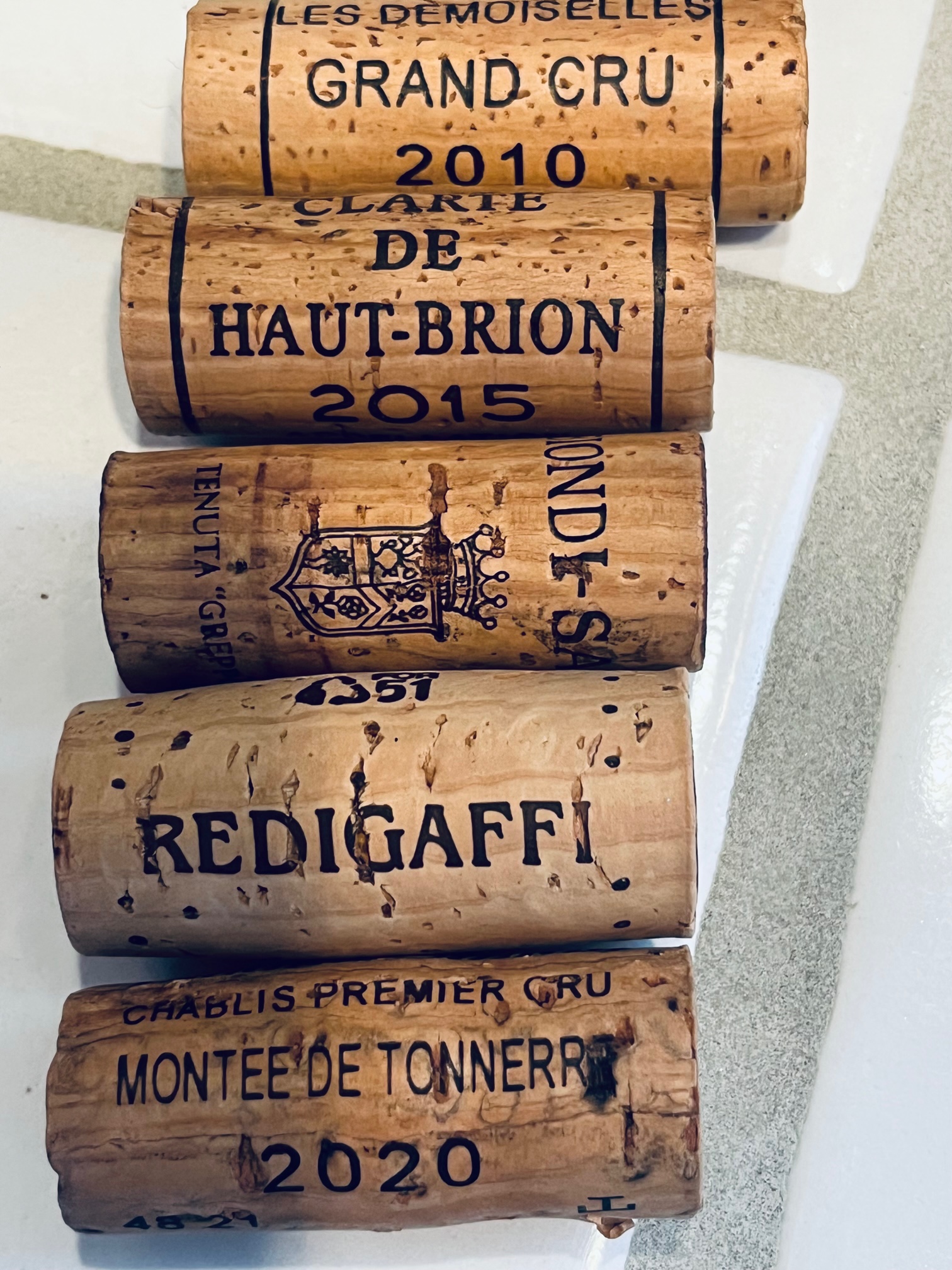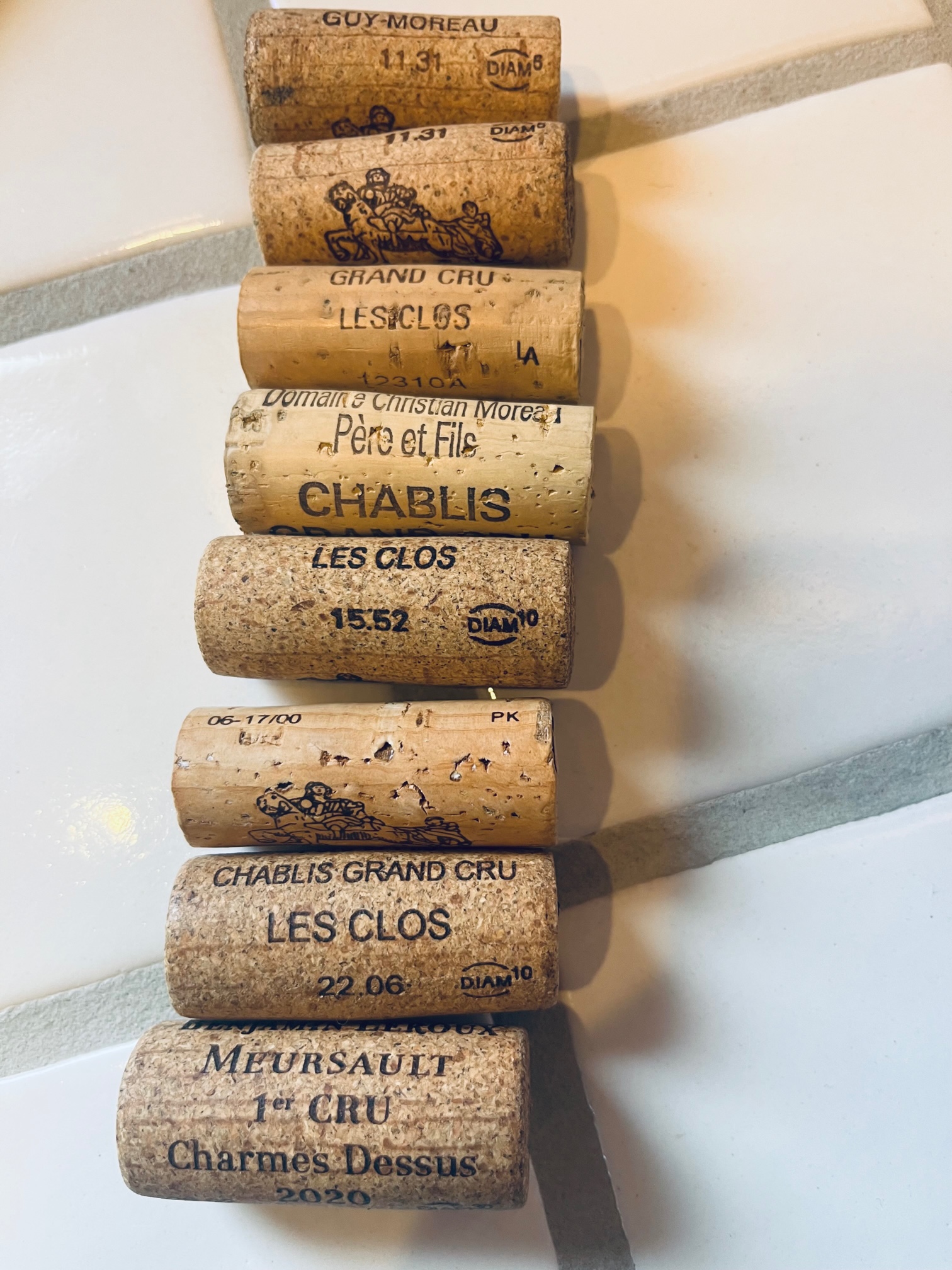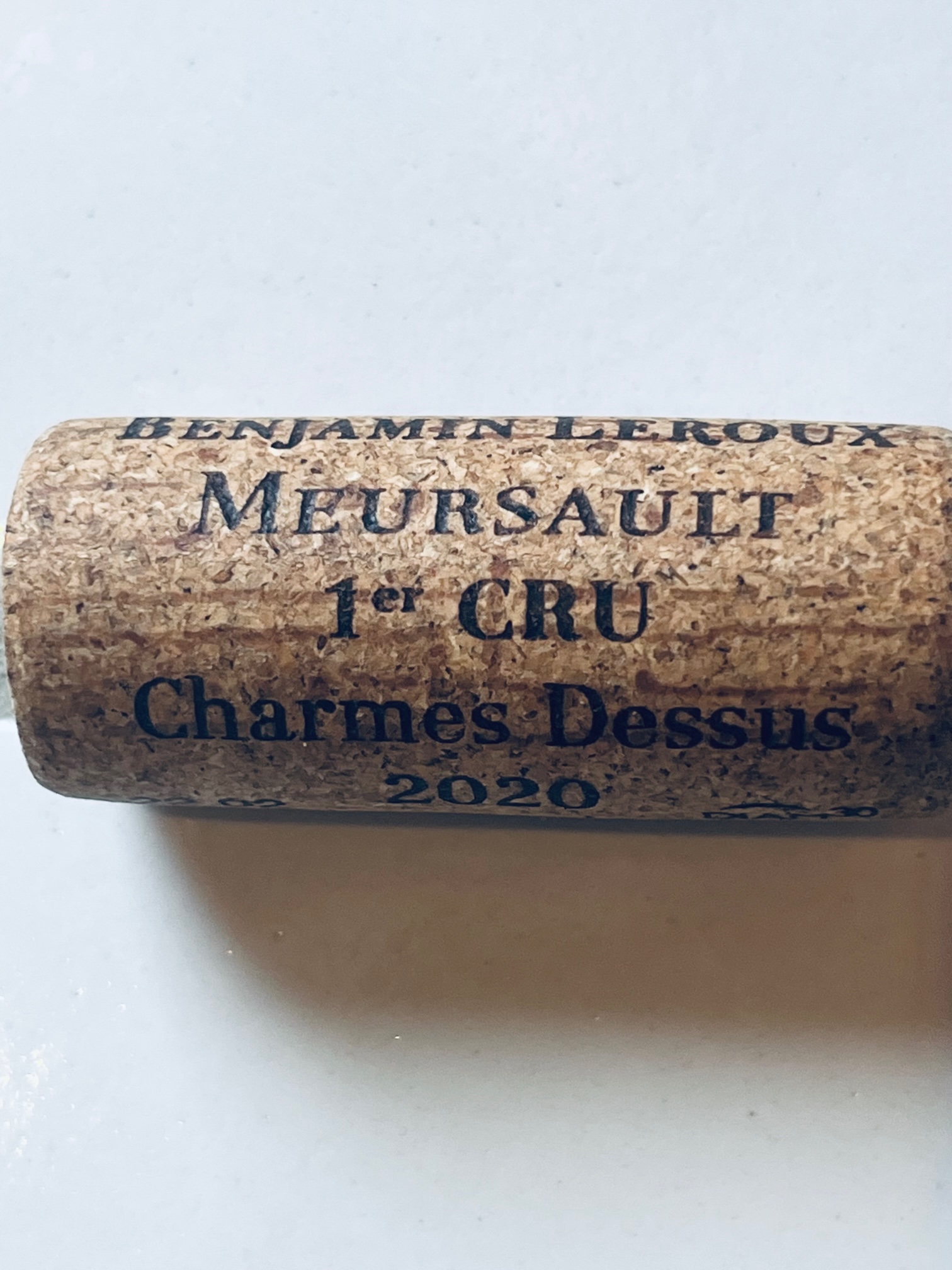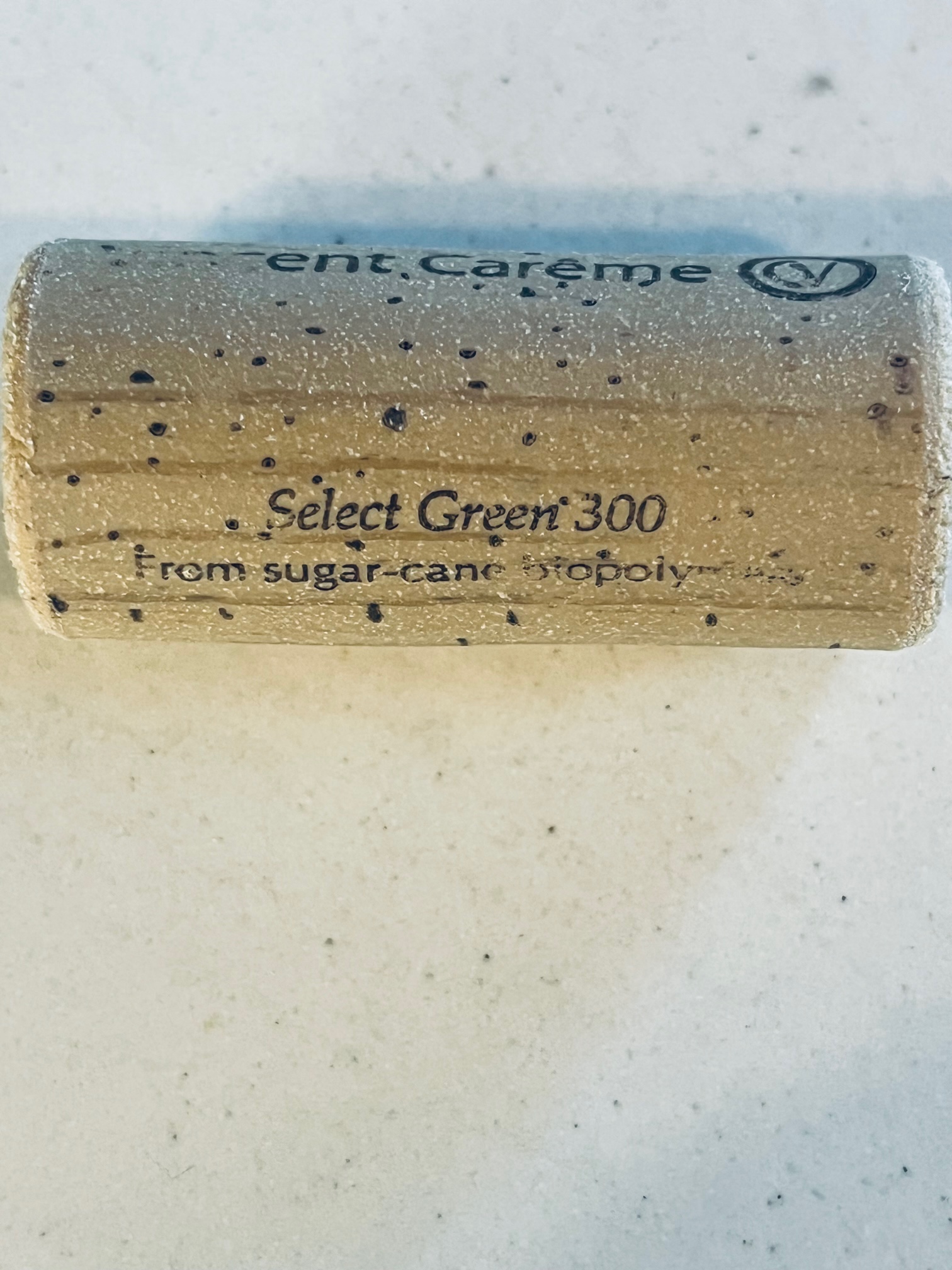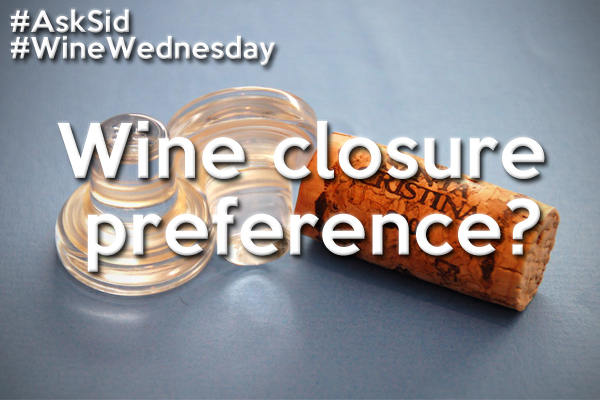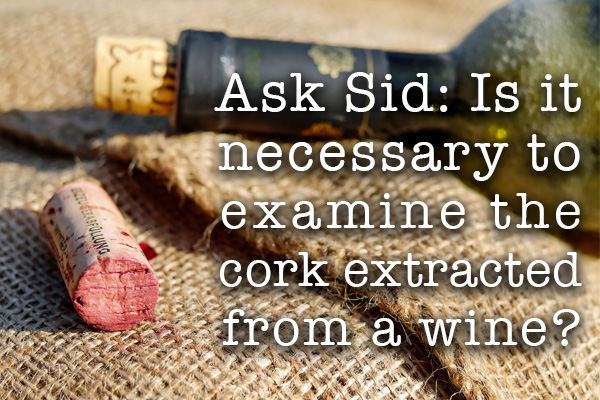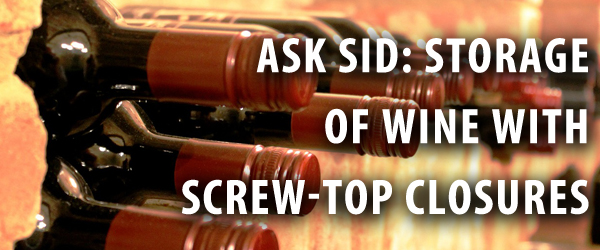
Your scribe admires a lot the complexity of white Burgundy and is fortunate to enjoy it quite frequently. Magical with seafood courses and other most appropriate food pairings. I’m a long time collector who experienced some real highs with the age worthy treasures for mature drinking including twins 1985 & 1986 and 1989 & 1990 plus other older top vintages. Also some disappointing lows from aging those premature oxidation (pre-mox) years starting with the 1995/1996 vintages and sporadically since then. However this has improved lately and most producers now are quite reliable recently. One of the best IMHO has been Bouchard Pere whose bottle aging record is impressive. Supporting this style has been their emphasis on early picking for white Burgundy first by winemaker Philippe Prost and his assistant since 2003 Frederic Weber, the current cellarmaster. Smart harvest decisions were made over the last 20+ years generally to pick Chardonnay earlier than most other vignerons to retain better acidity levels that led to some unwarranted criticism that the white wines were “too light with less body”. Yet with cellaring those wines have shown the structure and balance to age well and develop outstanding complexity. Currently with climate change most everyone has changed now to earlier picking. In 2022 a partnership union was created with Bouchard Pere and Artemis Domaines.
Over the past month with home dinners your scribe has studied in detail (plus overnight airing) five vintages of a fav property Meursault Perrieres Premier Cru Bouchard Pere. The results were impressive indeed with these wines continuing to move to another level but still no rush to appreciate at their very best.
Some impressions:
2008 MEURSAULT PERRIERES PREMIER CRU BOUCHARD PÈRE & FILS: Cooler year of higher acidity. This bottle was slightly pre-mox mature compared to other tries but still with more fullness than expected from this vintage. Variable bottles. Less rich weight of flavours. Marvellous matching with Copper River Sockeye Salmon. 13.5 abv.
2009 MEURSAULT PERRIERES PREMIER CRU BOUCHARD PERE & FILS: Much hotter growing season usually results in creamy rich forwardly 2009 white Burgundies. This bottle surprises with remarkable young greenish tint colour so well balanced but reluctant. Served with grilled octopus. Not giving much closed on the nose and still a fresh lively fair acidity palate. Better the next day. Sat next to Frederic Weber on May 17, 2024 at a dinner at Bouchard Pere served with “thon rouge en deux facons” 2009 Mags of both this wine & Chevalier Montrachet La Cabotte both splendid and more open. Frederic mentioned the earlier picking particularly for hotter years like 2009 “gives better balance” and “2009 only a tad softer than the outstanding 2010, 2014 and 2017”. He “strongly feels Perrieres blended from 3 parcels is always their best Meursault combining minerals & depth”. No rush. 14 abv.
2010 MEURSAULT PERRIERES PREMIER CRU BOUCHARD PERE & FILS: Classic year with more intensity from a reduced crop. Seemed too young previously but knitting together. Young green/yellow look with an open complex mineral bouquet and creamy full pure rich delicious taste. Showing as clearly the best of these presently on a phenomenal plateau of enjoyment at 15 years. Memorable with marinated sablefish course. Should hold here for quite a while. 14 abv. Congrats.
2013 MEURSAULT PERRIERES PREMIER CRU BOUCHARD PERE & FILS: Another cooler year. Drinking nicely now with enough freshness there but lighter bodied and not quite as pure and classy as 2010 or 2014. Recommend to open and enjoy. 13.5 abv.
2014 MEURSAULT PERRIERES PREMIER CRU BOUCHARD PERE & FILS: You have to admire the potential of this amazing wine. Still looks so young with greenish tints. What clean fresh vibrancy to it. Outstanding structure with admirable balance of all the elements including intense concentrated fruit extract, wonderful acidity, and minerality. More Chablis Les Clos like at the moment. Patience. Unlimited future. Ultimately best. 13.5 abv. Big congrats.
You might also like:
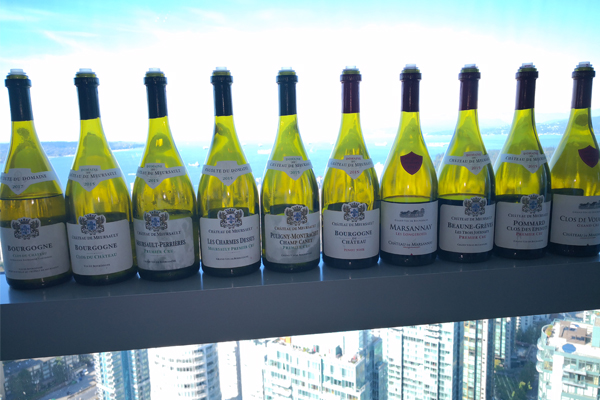 |
 |
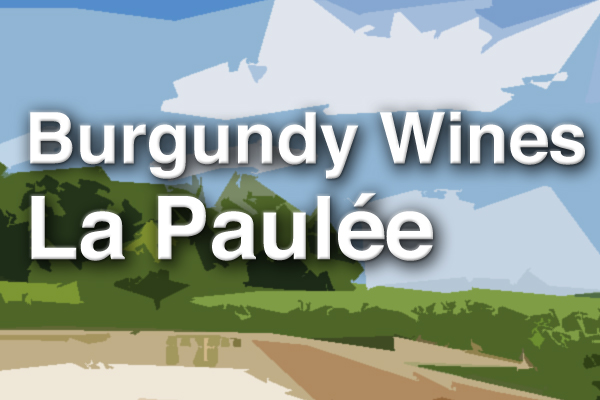 |
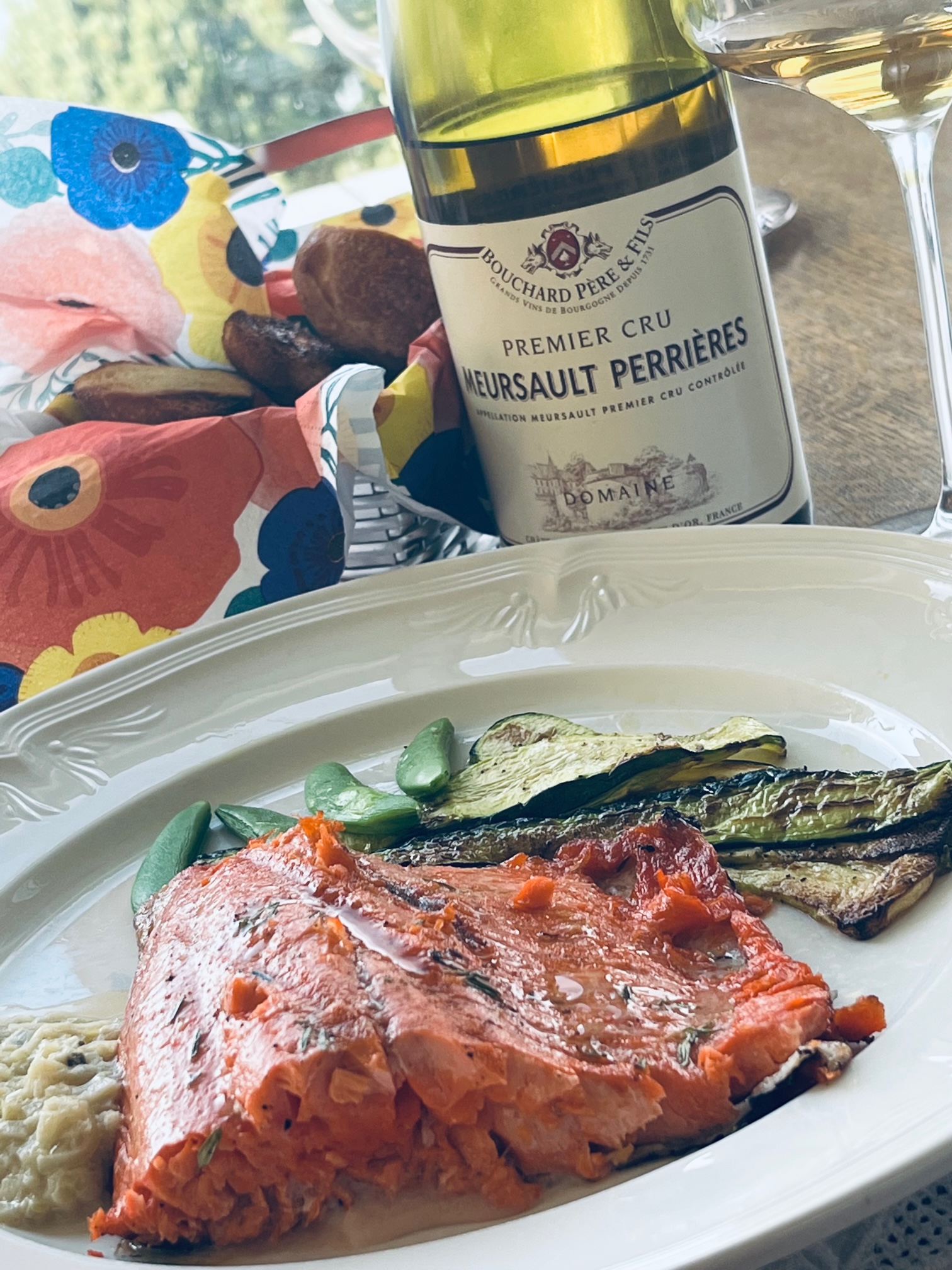
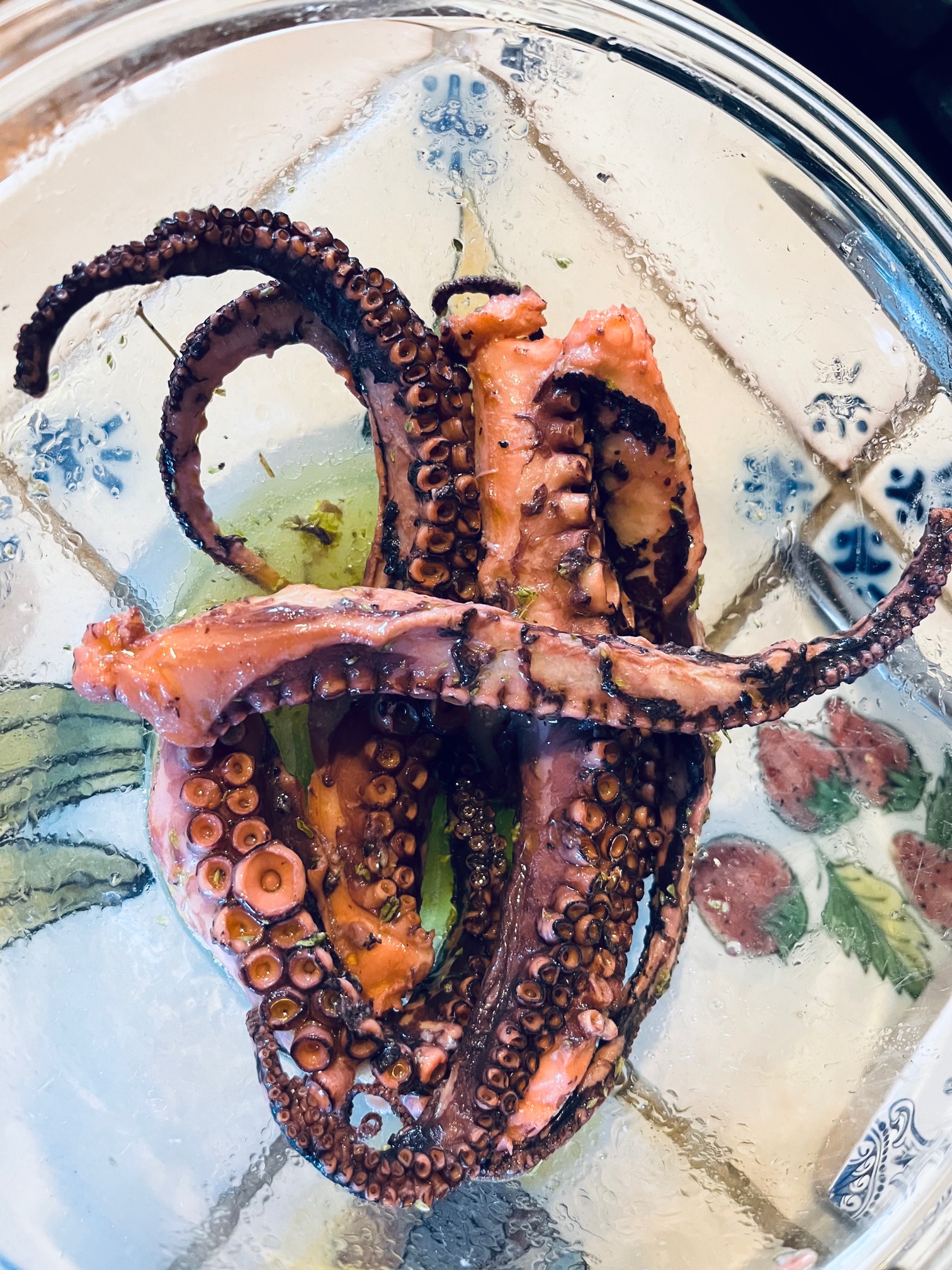
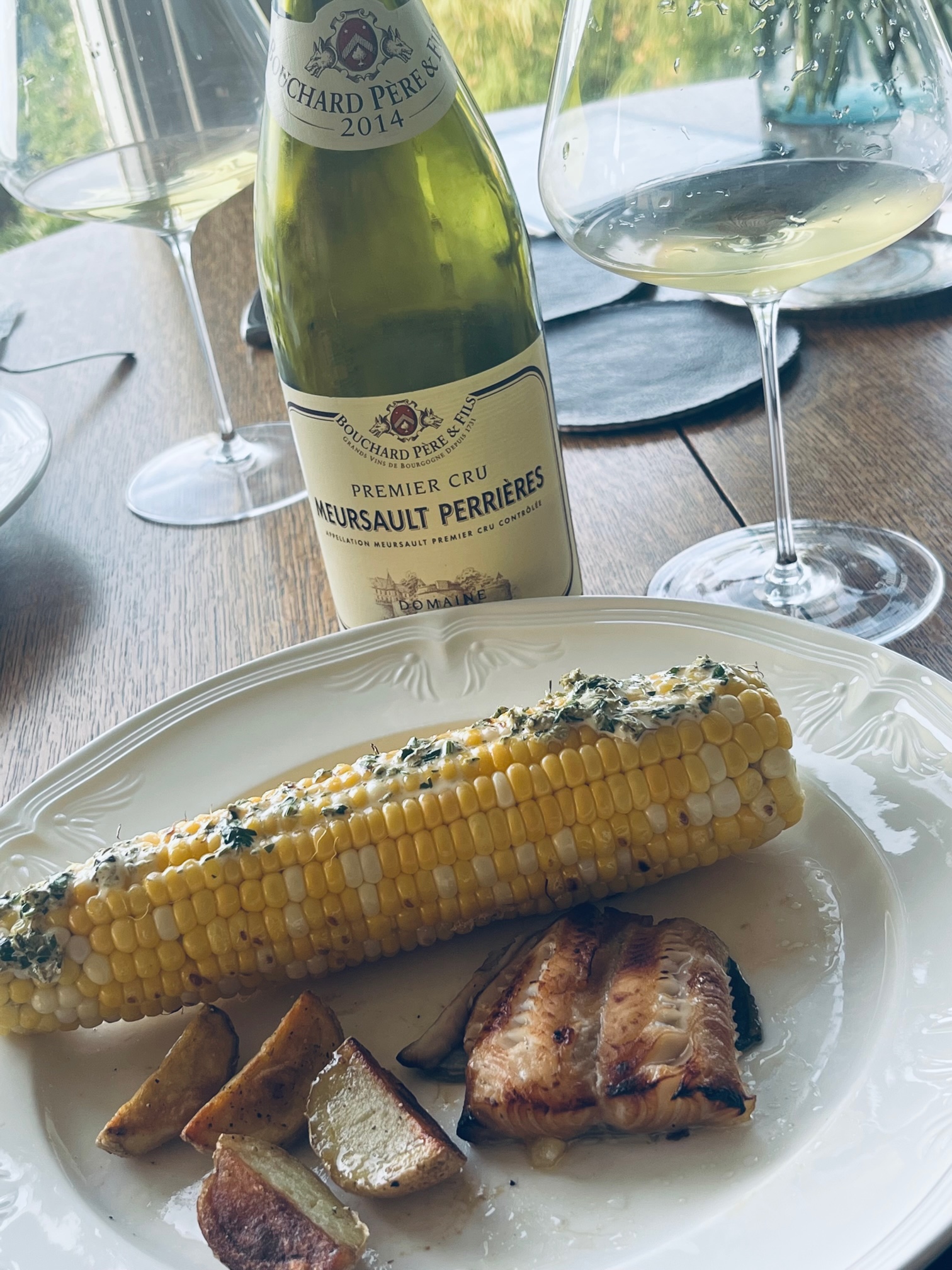
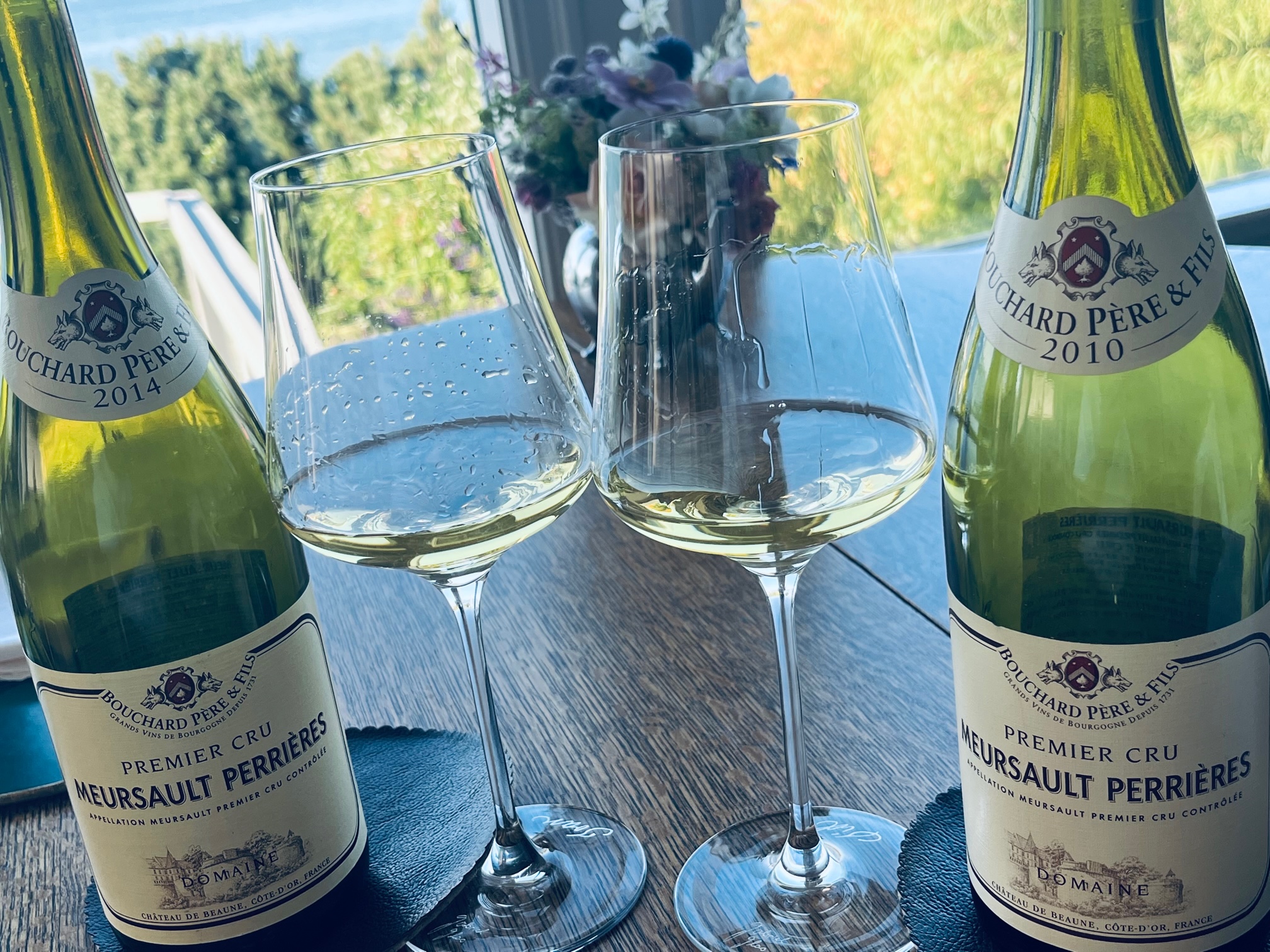
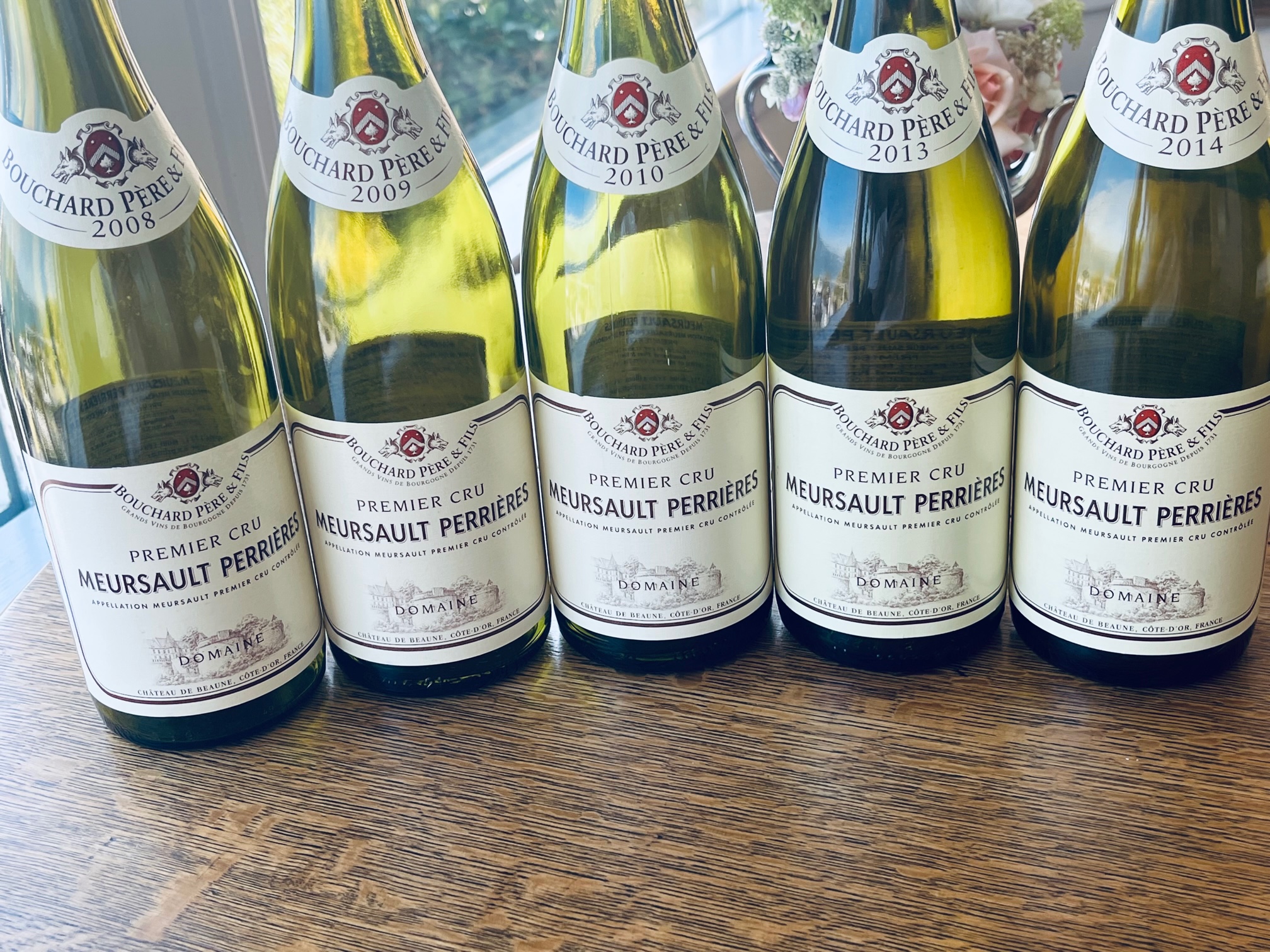


 Question: Is replanting of vines in the Okanagan proceeding?
Question: Is replanting of vines in the Okanagan proceeding?
